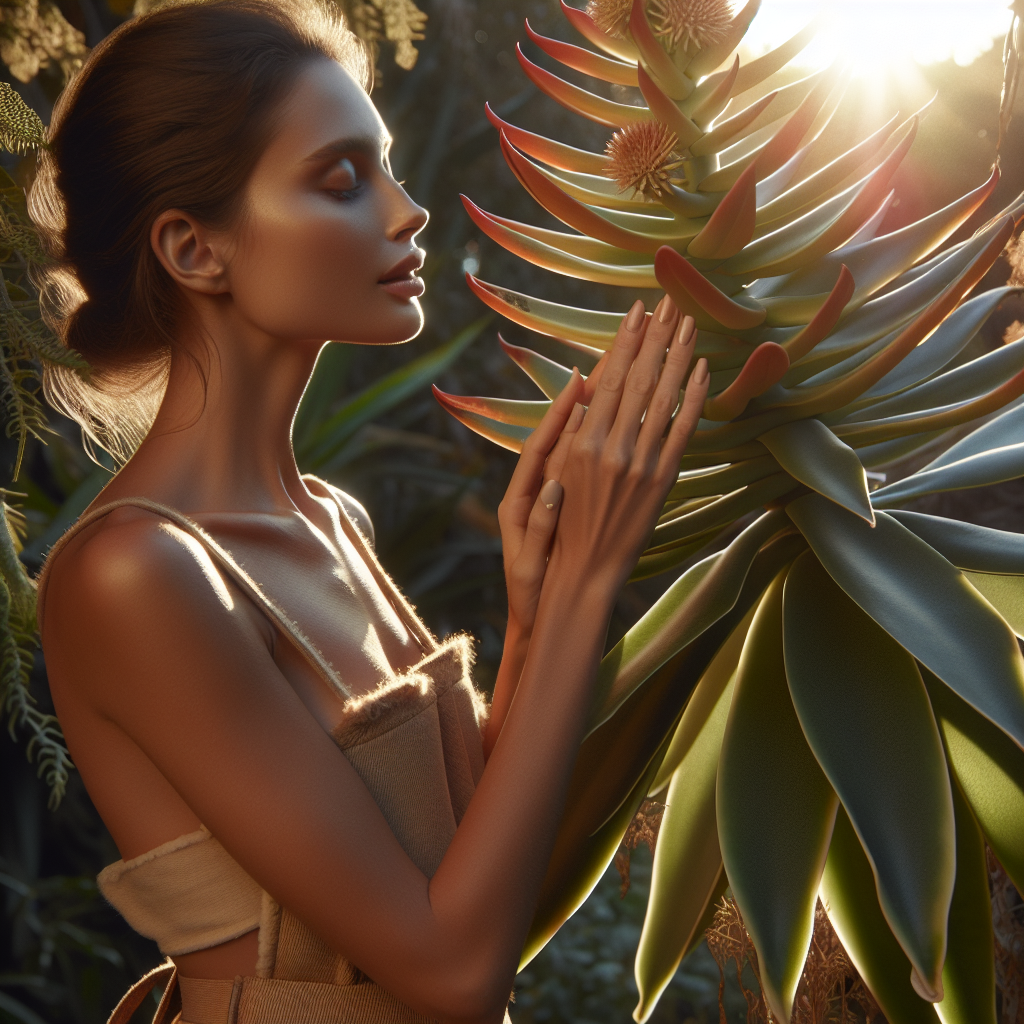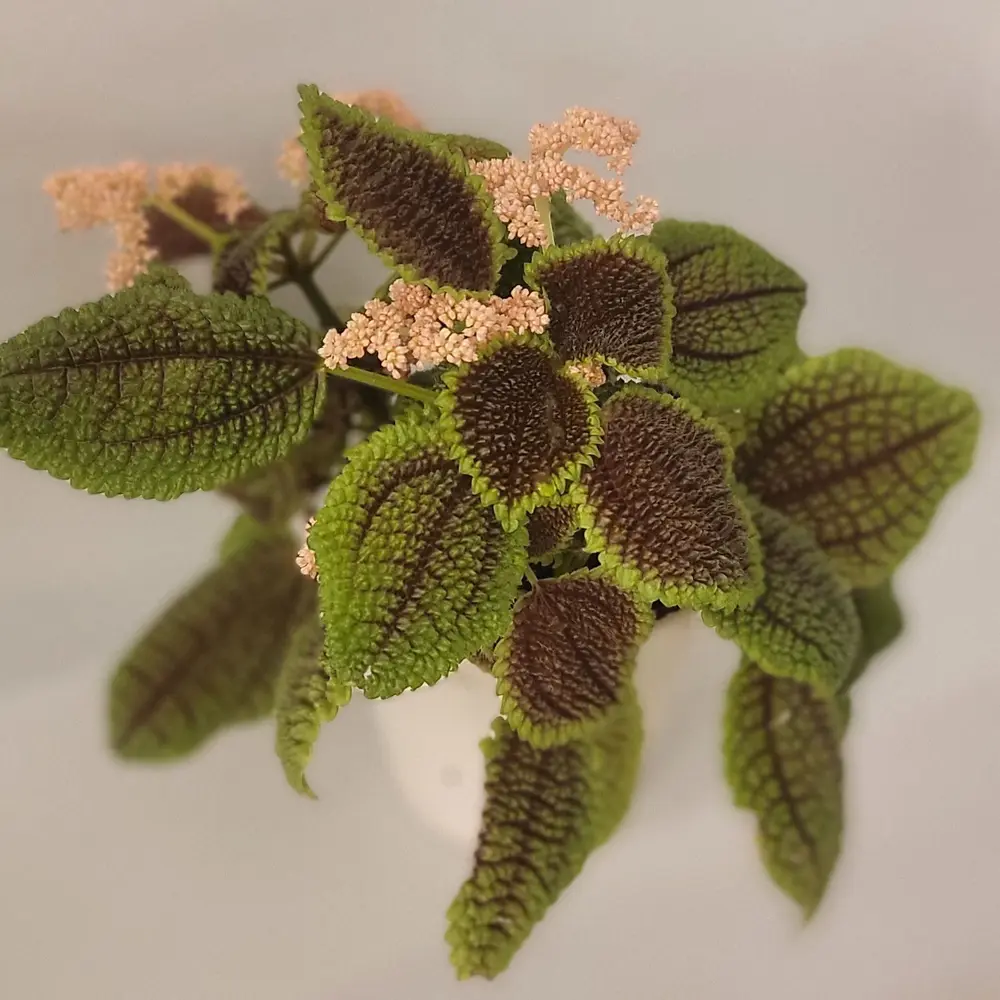Introduction
The term “gumshoe plant” can be somewhat perplexing because it refers to a range of plant species rather than just one. Most commonly, it denotes both Grindelia camporum and Pseudopanax lessonii. Despite sharing the same common name, these species exhibit distinct characteristics and fulfill different roles in their respective environments.
Species Overview
Grindelia camporum, also known as the gum plant, is recognized for its sticky resin. This resin helps protect the plant and aids in moisture retention. Historically, Native Americans used it for treating respiratory issues.
On the other hand, Pseudopanax lessonii, also called the gumshoe plant, features glossy green leaves divided into five leaflets. This plant, native to New Zealand, is valued for its resilience and unique foliage.
Both species offer significant ecological and medicinal benefits. Grindelia camporum thrives in various habitats and plays a vital role in pollinator support. Pseudopanax lessonii is known for its ability to grow in diverse conditions and its traditional uses as a vegetable and medicinal plant.
By understanding these plants, we can appreciate their ecological roles and cultural importance. The gumshoe plant’s ambiguity highlights the need for clear botanical distinctions and comprehensive information.

Botanical Description
Grindelia camporum
Grindelia camporum, commonly called the gumshoe plant, is notable for its sticky resin. This resin coats the plant’s surface, aiding in moisture retention and protection against herbivores. The plant grows up to 3 feet tall and has yellow daisy-like flowers. Its leaves are green, toothed, and alternate along the stem. The plant thrives in dry, sunny environments, often found in California’s central valleys and coastal areas.
Pseudopanax lessonii
Pseudopanax lessonii, another plant known as the gumshoe plant, hails from New Zealand. It stands out with its glossy green leaves, each divided into five leaflets. The plant typically reaches heights of up to 10 feet. Its flowers are small, greenish-white, and form in clusters. The plant’s berries are dark purple to black and attract birds, aiding in seed dispersal. Pseudopanax lessonii grows well in diverse environments, from woodlands to cultivated gardens.
Comparative Analysis
Comparing these two species, both are called the gumshoe plant but differ significantly. Grindelia camporum features sticky resin and yellow flowers, while Pseudopanax lessonii has glossy, divided leaves and dark berries. Grindelia camporum grows in dry, sunny regions, whereas Pseudopanax lessonii thrives in varied environments, including more humid areas. Despite these differences, both plants share the ability to adapt and thrive in challenging conditions, showcasing their resilience.
Historical and Cultural Significance
Traditional Uses of Grindelia camporum by Native Americans
Native Americans have long valued the gumshoe plant, Grindelia camporum, for its medicinal properties. They used the plant’s resin to treat respiratory issues such as asthma and bronchitis. By boiling the resin, they created a remedy for soothing sore throats and alleviating coughs. Additionally, they applied the plant topically to heal skin conditions and wounds. The gumshoe plant’s sticky resin was also believed to protect against insect bites and infections.
Cultural Importance of Pseudopanax lessonii in Local Traditions
In New Zealand, the gumshoe plant Pseudopanax lessonii holds significant cultural importance. Known locally as “five finger,” it features prominently in traditional Maori medicine. The plant’s leaves were used to treat various ailments, including skin infections and inflammations. Moreover, the berries provided a valuable food source for birds, playing a crucial role in local ecosystems. The Maori people also appreciated the plant’s resilience, using it in ceremonies to symbolize strength and endurance.
Ecological Role and Distribution
Ecological Significance of Grindelia camporum
The gumshoe plant, Grindelia camporum, plays a vital role in its native habitats. It provides essential nectar for pollinators, especially bees and butterflies. The plant’s resin helps protect it from herbivores, allowing it to thrive in harsh environments. Additionally, Grindelia camporum aids in soil stabilization, particularly in disturbed areas. Its ability to grow in poor soils makes it crucial for habitat restoration projects. By contributing to the ecosystem’s stability, the gumshoe plant supports biodiversity and ecological resilience.
Distribution and Habitat Preferences
Grindelia camporum: This species is native to California and neighboring regions. It thrives in dry, sunny areas, including grasslands, roadsides, and disturbed sites. The plant’s adaptability allows it to grow in various soil types, from sandy to clay soils. Grindelia camporum prefers full sunlight and can tolerate drought conditions, making it a resilient component of its ecosystem.
Pseudopanax lessonii: Native to New Zealand, this gumshoe plant species is found in diverse environments, from coastal forests to suburban gardens. It flourishes in both humid and well-drained soils. Pseudopanax lessonii adapts well to various light conditions, from full sun to partial shade. Its ability to thrive in different habitats underscores its ecological versatility and importance in local ecosystems.
Medicinal and Practical Uses
Traditional and Modern Medicinal Uses
Grindelia camporum: Traditionally, Native Americans used the gumshoe plant for treating respiratory ailments. They made teas and poultices from the resin to relieve bronchitis and asthma symptoms. Today, herbalists continue to use Grindelia camporum for its anti-inflammatory and expectorant properties. It is found in tinctures and salves aimed at soothing skin conditions and respiratory issues.
Pseudopanax lessonii: In New Zealand, this gumshoe plant has been used in traditional Maori medicine. The leaves treat skin infections and reduce inflammation. Modern applications include using extracts for their antioxidant properties. Researchers are exploring its potential in developing new skincare products and anti-inflammatory treatments.
Potential New Applications Based on Recent Research
Recent studies have highlighted promising new uses for both species of the gumshoe plant. Grindelia camporum’s resin contains compounds with potential antimicrobial and antifungal properties. Researchers are investigating its use in developing natural antibiotics and antifungal treatments. Additionally, its role in respiratory therapy continues to expand, with potential applications in treating chronic obstructive pulmonary disease (COPD) and other lung conditions.
For Pseudopanax lessonii, recent research has focused on its high antioxidant content. These antioxidants may protect against cellular damage and aging. Scientists are exploring its potential in anti-aging skincare products and supplements to boost overall health. Furthermore, its anti-inflammatory properties could lead to new treatments for autoimmune diseases and chronic inflammation.
Cultivation and Care
Step-by-Step Guide for Cultivating Grindelia camporum
- Selecting a Site:
- Choose a sunny location with well-drained soil. The gumshoe plant thrives in full sun and can tolerate poor soils.
- Soil Preparation:
- Prepare the soil by mixing in organic matter to improve drainage and nutrient content.
- Planting Seeds:
- Sow Grindelia camporum seeds directly into the soil in early spring. Space them about 12 inches apart.
- Watering:
- Water the seeds lightly but consistently until they germinate. Once established, the plant is drought-tolerant.
- Fertilization:
- Apply a balanced fertilizer once during the growing season. Avoid over-fertilizing to prevent weak growth.
- Weeding and Mulching:
- Keep the area weed-free to reduce competition. Mulch around the plants to retain moisture and suppress weeds.
- Pruning:
- Prune dead or damaged stems to encourage healthy growth and flowering. Cut back the plant after blooming to maintain its shape.
Step-by-Step Guide for Cultivating Pseudopanax lessonii
- Selecting a Site:
- Find a location with partial to full sun. This gumshoe plant adapts well to various light conditions.
- Soil Preparation:
- Ensure the soil is well-draining and rich in organic matter. Add compost to enhance soil fertility.
- Planting:
- Plant seedlings or cuttings in spring. Space plants about 3 feet apart to allow for growth.
- Watering:
- Water regularly, keeping the soil consistently moist but not waterlogged. Reduce watering in winter.
- Fertilization:
- Feed the plant with a balanced fertilizer during the growing season. Apply compost annually to maintain soil health.
- Pruning:
- Prune to remove dead or damaged leaves and to shape the plant. Regular pruning encourages bushier growth.
- Pest and Disease Control:
- Monitor for common pests like aphids and spider mites. Use insecticidal soap or natural predators to control infestations.
Tips for Optimizing Growth and Health
- Humidity Control:
- Both species prefer moderate humidity. Use a pebble tray or humidifier in dry climates to maintain humidity levels.
- Temperature:
- Maintain temperatures between 65°F to 75°F for optimal growth. Protect plants from frost and extreme heat.
- Sunlight:
- Ensure Grindelia camporum gets at least 6 hours of direct sunlight daily. Pseudopanax lessonii can tolerate partial shade.
- Soil Testing:
- Regularly test the soil pH and nutrient levels. Adjust soil conditions as needed to ensure healthy growth.
- Propagation:
- Propagate Grindelia camporum by seeds and Pseudopanax lessonii by cuttings. Use rooting hormones to enhance success rates.
Modern Research and Future Directions
Summary of Recent Scientific Studies
Recent studies have revealed exciting potential for the gumshoe plant. Researchers have focused on Grindelia camporum’s resin, finding it rich in antimicrobial and anti-inflammatory compounds. These properties suggest new applications in natural medicine, especially in treating infections and inflammation. Studies have also explored its role in respiratory health, highlighting its effectiveness in soothing bronchial conditions.
For Pseudopanax lessonii, research has concentrated on its high antioxidant content. Scientists have identified compounds that may protect cells from oxidative stress, which contributes to aging and disease. This research points to its potential in skincare and health supplements aimed at boosting overall well-being. Furthermore, studies have explored its anti-inflammatory properties, suggesting benefits for conditions like arthritis and other inflammatory diseases.
Potential Areas for Future Research
The gumshoe plant holds promise for future research in several areas. One exciting direction is the development of new antibiotics from Grindelia camporum’s resin. With antibiotic resistance on the rise, natural alternatives are crucial. Investigating the plant’s antimicrobial properties could lead to breakthroughs in infection control.
Another promising area is the potential use of Grindelia camporum in respiratory therapies. Researchers could explore its effects on chronic respiratory conditions like COPD. Understanding how its compounds interact with lung tissue might lead to new treatments that improve breathing and reduce inflammation.
For Pseudopanax lessonii, future research could delve deeper into its antioxidant and anti-inflammatory properties. Scientists could examine how these compounds impact cellular health and longevity. This research might lead to new skincare products that combat aging and promote healthy skin. Additionally, exploring its benefits for autoimmune diseases could open new therapeutic avenues.
Another potential research area is the plant’s role in ecological restoration. Studying its impact on soil health and biodiversity could enhance restoration efforts in degraded habitats. By understanding how these plants contribute to ecosystem stability, researchers can develop strategies to improve habitat resilience and biodiversity.
Conclusion
Recap of the Importance and Versatility of the Gumshoe Plant
The gumshoe plant, encompassing both Grindelia camporum and Pseudopanax lessonii, showcases remarkable versatility. Grindelia camporum stands out for its sticky resin, used traditionally for respiratory ailments and now studied for antimicrobial properties. Pseudopanax lessonii, with its glossy leaves and berries, is valued in traditional Maori medicine and modern skincare. Both plants thrive in diverse environments, playing crucial ecological roles in their native habitats.
Final Thoughts on Its Ecological and Medicinal Value
The gumshoe plant’s ecological and medicinal significance cannot be overstated. Grindelia camporum contributes to habitat restoration and pollinator support, while Pseudopanax lessonii enhances biodiversity in New Zealand ecosystems. Medicinally, both plants offer promising avenues for new treatments, from natural antibiotics to anti-aging skincare. As research progresses, the gumshoe plant’s potential continues to expand, underscoring its importance in both traditional practices and modern science.

